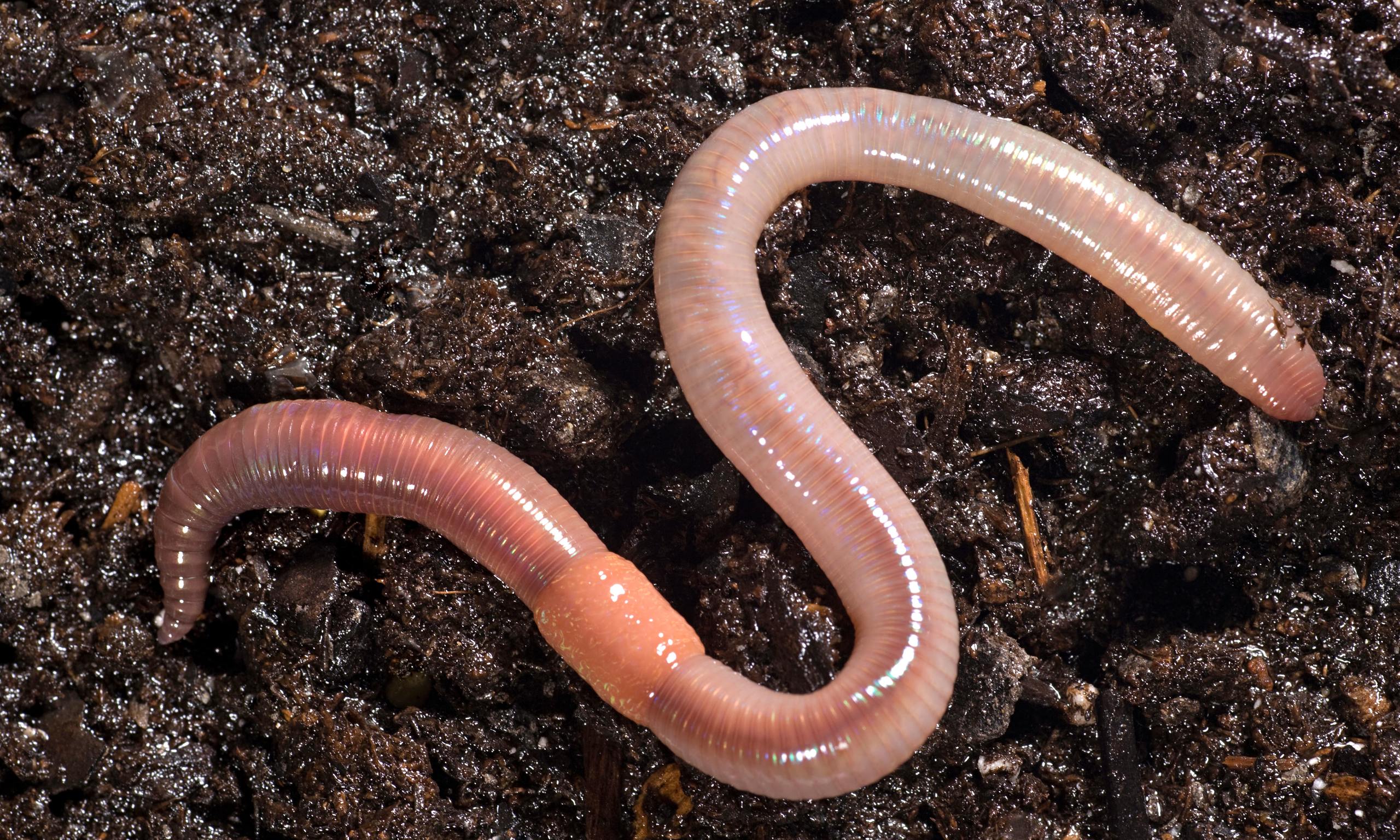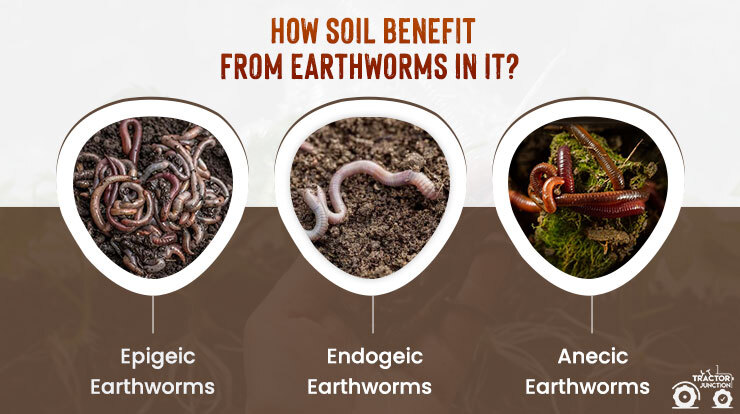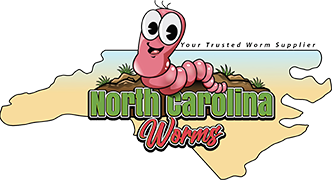North Carolina Worms for Dummies
North Carolina Worms for Dummies
Blog Article
Our North Carolina Worms Ideas
Table of ContentsThe Main Principles Of North Carolina Worms The Best Strategy To Use For North Carolina Worms4 Easy Facts About North Carolina Worms Shown6 Easy Facts About North Carolina Worms Shown
Instance: 1-gallon of worm spreadings to 4 gallons of potting mix. 1/2 mug in the bottom of the growing hole for smaller sized plants. 1 mug for larger plants.
The addition of tea can likewise add raised microbial biomass to your dirt. You can constantly side-dress your plants with worm castings at any moment. Simply keep in mind, the microorganisms will certainly die if revealed to UV rays (Sunlight), so be sure to cover the spreadings with an inch or two of dirt.
This baffled them for years up until the screening methods came to be better. It would obtain better(with more spreadings), degree off, and then decrease. Too lots of worm spreadings would speed up the development to a pace that the plant might not recoup from.
Excitement About North Carolina Worms
I have clarified the merits of worm spreadings for concerning 2000 words. Worm spreadings are no different. It takes time to produce high quality worm castings.
Worm spreadings definitely cost even more than chemical fertilizers. Worm spreadings are on the more affordable end of organic fertilizers. (50 gallons per year) It is a much tougher and extremely costly financial investment to create large quantities of worm castings.

Creating a healthy and balanced soil might be the biggest advantage of worm castings. We reviewed worm castings NPK and additionally the proper nutrient evaluation that should use to worm castings.
The Definitive Guide for North Carolina Worms
We talked regarding some of the disadvantages connected with worm castings. I covered a great deal of material in this short article.
The upright burrows are normally open, although the worms cap the leading with residue and excrement. Roots require oxygen for their growth, whereas they generate carbon dioxide that needs to leave the soil.
Earthworms increase porosity by two mechanisms: (1) by developing long-term burrows, and (2) by improving soil gathering. Gathering is boosted by the blending of soil and natural issue in the earthworms' digestive tracts. Lake Rhodhiss Bait. These extremely stable aggregates are transferred by some earthworms in their burrows, and by others at the surface of the soil


In one more research, earthworms were approximated to take in 4 to 10 percent of the leading 6 inches of the soil every year. Soil compaction minimizes the porosity of the soil.
The Single Strategy To Use For North Carolina Worms
Typical earthworm populations can conveniently take in 2 lots of dry matter per acre annually, partly absorbing and blending it with soil. The importance of earthworms to blend surface area residue with dirt comes to be extremely clear in soils that do not have any earthworms. A lot of our Pennsylvania dirts have at least some earthworms, and the result of their full absence, for that reason, can not be noted.
(http://www.bestdirectory4you.com/detail/north-carolina-worms-323213.html)In these dirts, the formation of topsoil with affordable raw material material did not happen, resulting in bad plant development. As soon as the reason was developed, the federal government of the Netherlands began a project to present earthworms. After the intro of the earthworms, a dark topsoil layer was developed, and crop growth boosted considerably.
They live mainly from partly decayed natural issue that is already incorporated in the soil. These species ingest large amounts of soil that they blend with absorbed crop residue in their intestines.
Their burrows remain open, although they cap the leading with plant residue that they pull to the entry. These types ingest significant quantities of soil that they combine with absorbed residue in their intestines. Their waste matter is mainly transferred at the surface area of the soil. The nightcrawler Lumbricus terrestris is one of the most famous member of this team.
Report this page